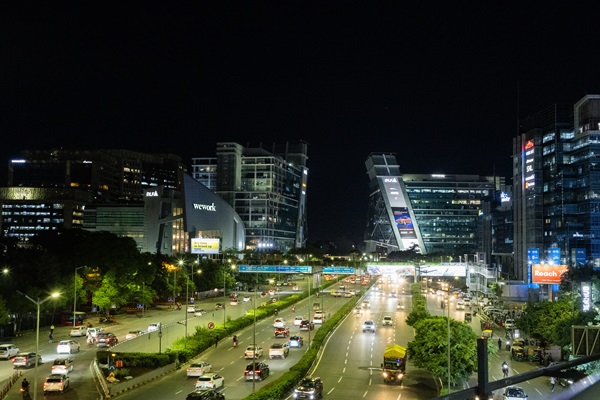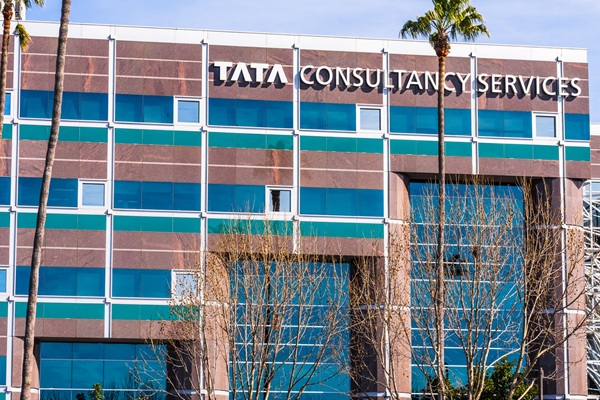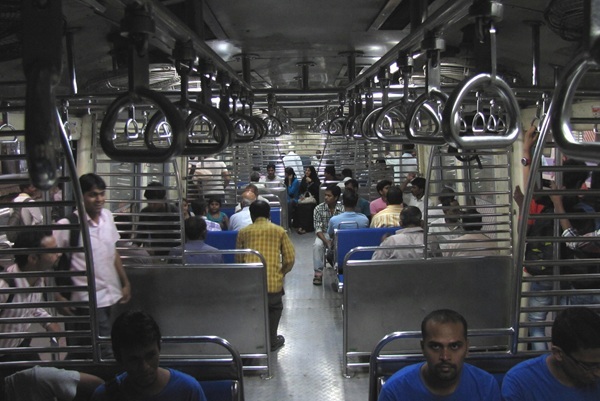.png)

By Nilanjan Banik
Nilanjan Banik is a Professor at the School of Management, Mahindra University, specialising in trade, market structure, and development economics.
September 21, 2025 at 6:56 AM IST
Much before US President Donald Trump’s decision to increase H-1B visa fees to $100,000 from the existing $2,500 to $5,000, the red line was drawn when he hosted 33 Silicon Valley leaders, including five Indian-origin executives such as Sundar Pichai and Satya Nadella, at the White House.
The official discussion was about artificial intelligence and US investment, but behind the scenes the focus was on a paradigm shift: how AI tools can generate thousands of lines of code in seconds, reducing demand for junior software engineers.
The signs were visible. US tech giants such as Amazon, Intel, Meta and Microsoft have been laying off workers well before the visa fee hike. In India, the top six IT firms added just 3,847 employees in the first quarter of 2025-26, a 72% drop from the previous quarter. TCS alone cut 12,200 jobs, or about 2% of its global workforce.
While the fate of some 400,000 Indian IT workers is now tied to the visa fee hike, such disruptions were only a matter of time. India has been the biggest user of H-1B visas, accounting for 71% of the 399,395 issued in 2024, with China a distant second at 11.7%.
AI, automation and cloud computing are transforming hiring patterns just as the supply of computer science graduates has surged. A degree in coding became a craze, promoted by tech leaders and even US presidents, and for years delivered six-figure starting salaries with bonuses and stock grants. In India too, more than a million engineering graduates now enter the market each year, creating oversupply in an era of rapid technological change.
This oversupply resembles the cobweb model in economics: when farmers respond to high prices by planting more, only to flood the market the following season. Entry-level hiring by Indian IT firms has fallen 50% from pre-COVID levels.
In 2021 and 2022, organised sector job creation dropped below 100,000 a year, less than a quarter of the pre-2011 average. Fewer than 2% of Indians who apply for jobs now succeed. India, like much of the world, is turning into a gig economy, where short-term contracts replace permanent jobs. A survey by KellyOCG found 56% of Indian firms already rely on contingent workers for over 20% of their staff. Even in manufacturing, hiring is increasingly outsourced to contractors.
Technological change has always forced labour-market adjustment. The spread of computers, electricity and engines in the last century boosted productivity but also required retraining. Today, big data, machine learning and AI bring new anxieties about machines replacing humans.
Yet the reality is more nuanced: new roles are emerging even as old ones disappear, making the transition phase difficult. The Federal Reserve Bank of New York reports that recent US graduates in computer science and engineering face unemployment rates above 6%, more than double that of biology or art history majors. Ironically, job seekers now use AI to customise résumés, only to be filtered out by recruiters’ own AI tools.
The silver lining for India is that higher US visa fees may accelerate offshoring. With lower labour costs and a large pool of STEM graduates, India will attract more investment in Global Capability Centers. The country already accounts for 55% of the world’s GCCs, employing nearly 1.9 million people, and this footprint is set to grow further.



